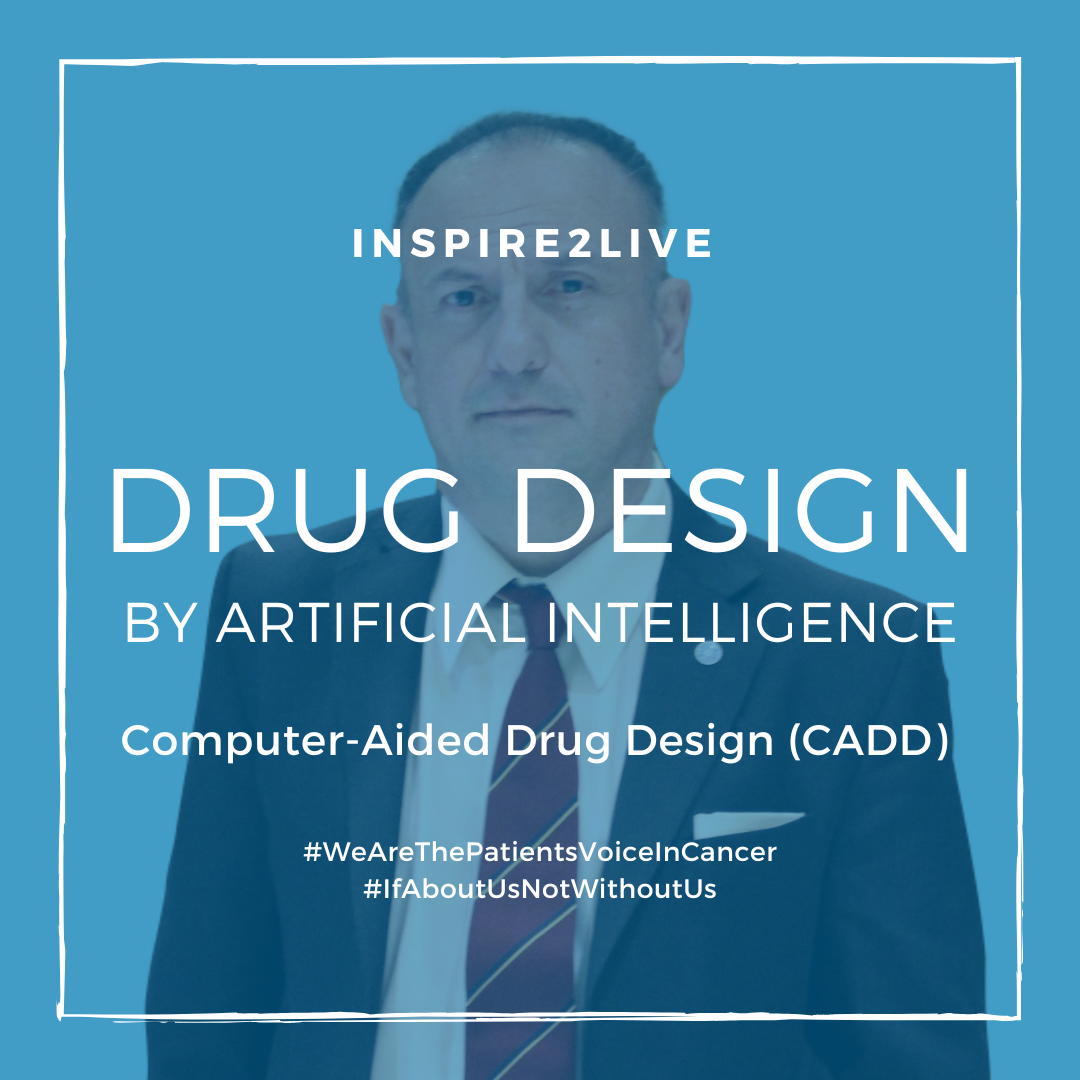The discovery of new drugs is a risky and costly process both from a financial and time perspective. The TUFTS University Centre for the Study of Drug Development estimated that the cost of developing new drugs on the market has increased by 145% in the past 10 years, while the percentage of FDA-approved compounds has decreased by 12% during the same period. In this context, computer-aided drug design (CADD) has emerged as an alternative to traditional means, reducing the time and costs associated with drug discovery. CADD is a process by which computer tools are used to identify and design molecules with therapeutic potential. Digging a little deeper, CADD is actually a very broad term that encompasses a diversity of computational tools, digital libraries of information, and sources of compound analysis and modelling. It covers various stages of the process involved in the discovery and development of a new drug, from the identification of the target to the discovery of new compounds and their optimisation. The most widely used approaches within computational drug design can be divided into 3 categories: structure based drug design (SBDD), ligand based drug design (LBDD) and sequence-based approaches.
Molecular docking-based virtual screening (DBVS) is one of the most widely used methods in SBDD. This method enables the analysis of extensive libraries of thousands or millions of compounds against a given region of a protein and predicts their affinity based on their structure. Today we have several examples of predictions based on this technique, which led to the development of drugs present on the market, thus demonstrating its effectiveness.
Given the high degree of difficulty involved in developing a new drug, the aim is to optimise DBVS by using different approaches, for example, the libraries with thousands of ligands that are used to carry out screening are mostly made up of drug-type compounds called “drug-like”.
Drug-like compounds are those compounds which have a series of characteristics that make them more apt to be used as drugs compared to other compounds. These characteristics are based on a series of physical, chemical and pharmacological properties that make them more suitable for use as medicines. The most classical definition of these characteristics is the so-called Lipinski rule of 5:
- No more than 5 hydrogen bond donors
- No more than 10 hydrogen bond acceptors
- Molecular mass < 500 daltons
- An octanol-water partition coefficient < 5
By meeting at least 3 of these characteristics, among other considerations, these types of compounds are more likely to meet selection criteria and become effective and safe drugs. In terms of optimisation and seeking to guarantee the success of the development of new drugs, the first essential step before carrying out the DBVS is to correctly select the molecular target of interest to obtain the desired biological effect. The next step is to determine the specific region to which the docking is going to be directed. This can be done through a rational analysis that contemplates the biological functions of the target protein, its structure-function relationship and/or through bibliography.
The DBVS depends on the knowledge and availability of the structures of the macromolecule of interest, this knowledge is obtained mainly from the structures from x-ray crystallography, nuclear magnetic resonance (NMR) spectroscopy, cryoelectron microscopy and, in cases where they do not exist, structure data and modelled sequence homology computations.
Additional studies on the structure of a protein can be performed to improve the chances of identifying a compound that exhibits biological activity by DBVS. This can be done by analysing the drug ability in the region where you want to direct the docking. DBVS typically targets a specific cavity or pocket, which is a three-dimensional region on the protein surface that can specifically bind to a complementary molecule, such as a small ligand, substrate or cofactor. The drug ability of a cavity can be defined by the ability of the structure to allow interactions with drug-like compounds. This can be predicted by considering the physicochemical properties of the pocket such as its shape and size.
In line with this, conformational diversity analysis and molecular dynamics simulation are two emerging approaches that are very useful for the search for specific ligands. Protein conformational diversity analysis is a technique used to study the different three-dimensional conformations (structures) that a protein can adopt under different experimental conditions. On the other hand, the simulation of molecular dynamics (MD) is a computational technique used to study the behaviour and dynamics of a protein at the molecular level. This technique uses principles from physics, chemistry, and biology to simulate how the atoms and molecules in a protein move and interact with the solvent over time. These two approaches allow us to predict how stable or rigid certain regions of a protein are and, therefore, how susceptible they are to allowing interactions with ligands.
In short, thanks to artificial intelligence, we now have the capacity to develop new drugs much cheaper and faster.
Daniel Gomez
Patient Advocate Inspire2Live
Want to learn about drug design by articifical intelligence? Watch this inspiring talk by Daniel Gomez at one of our World Campus sessions >>

